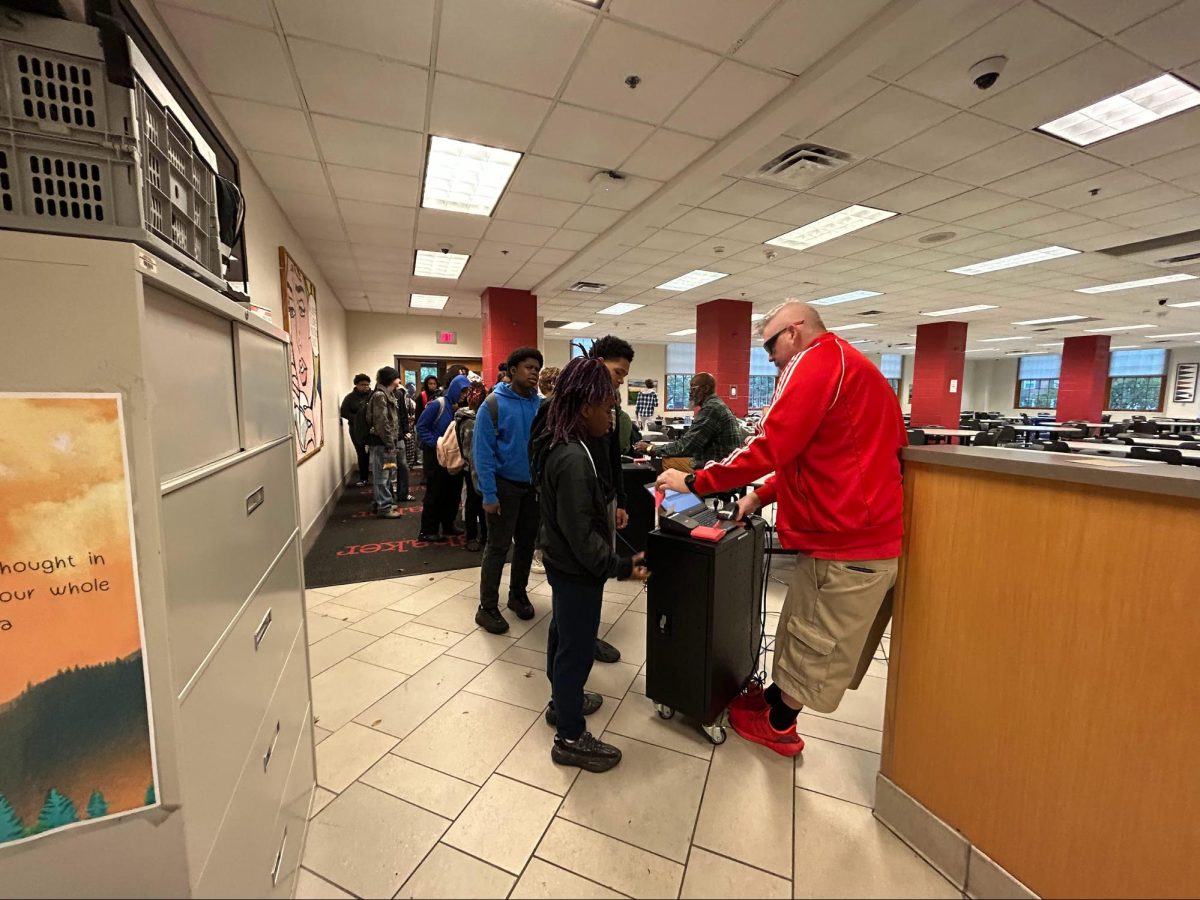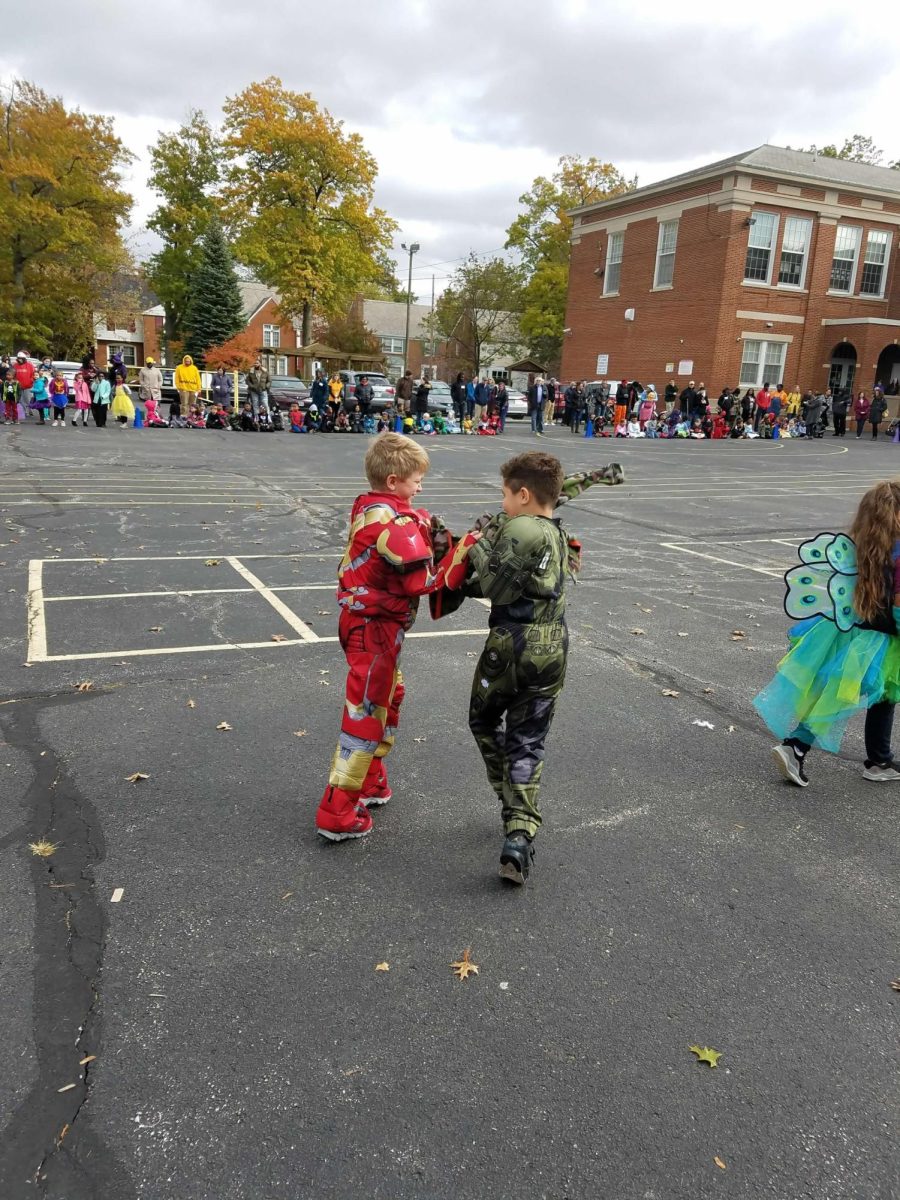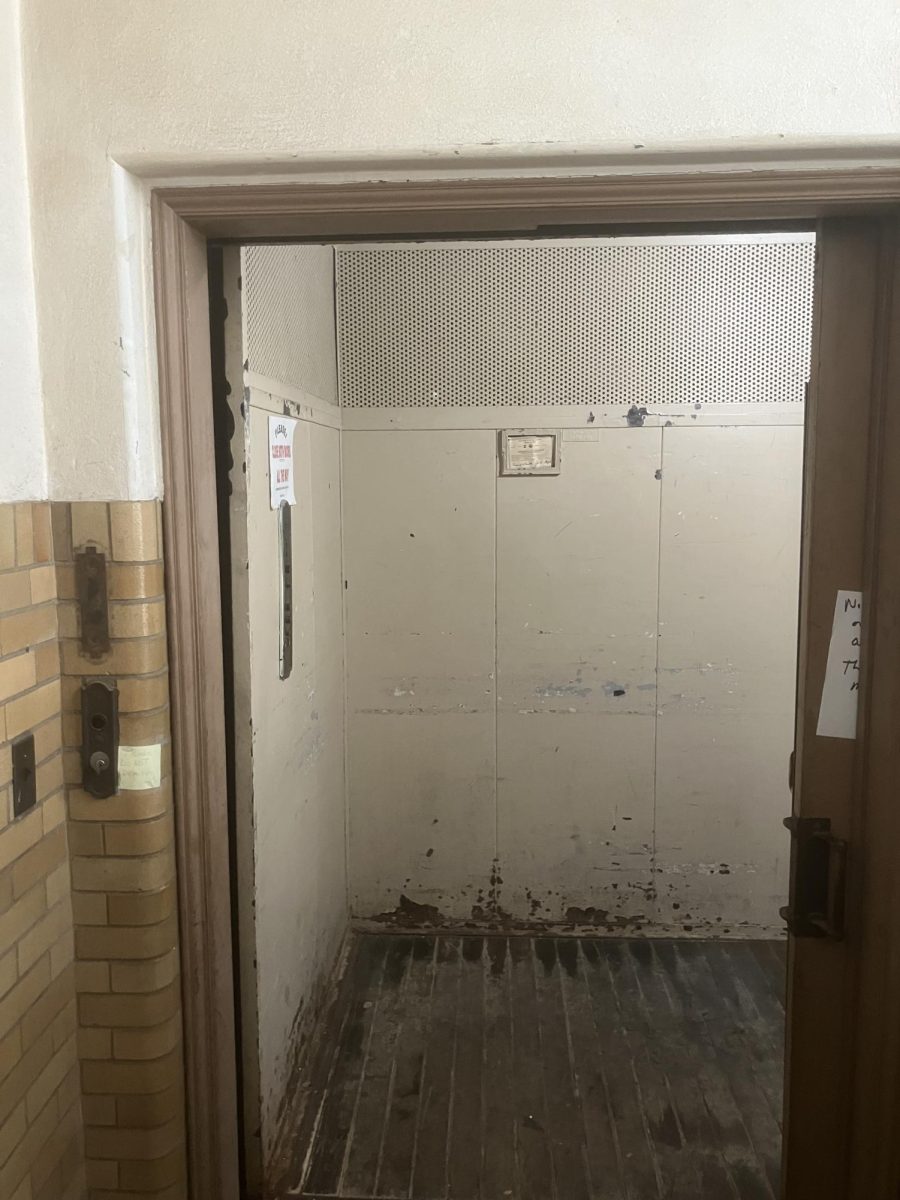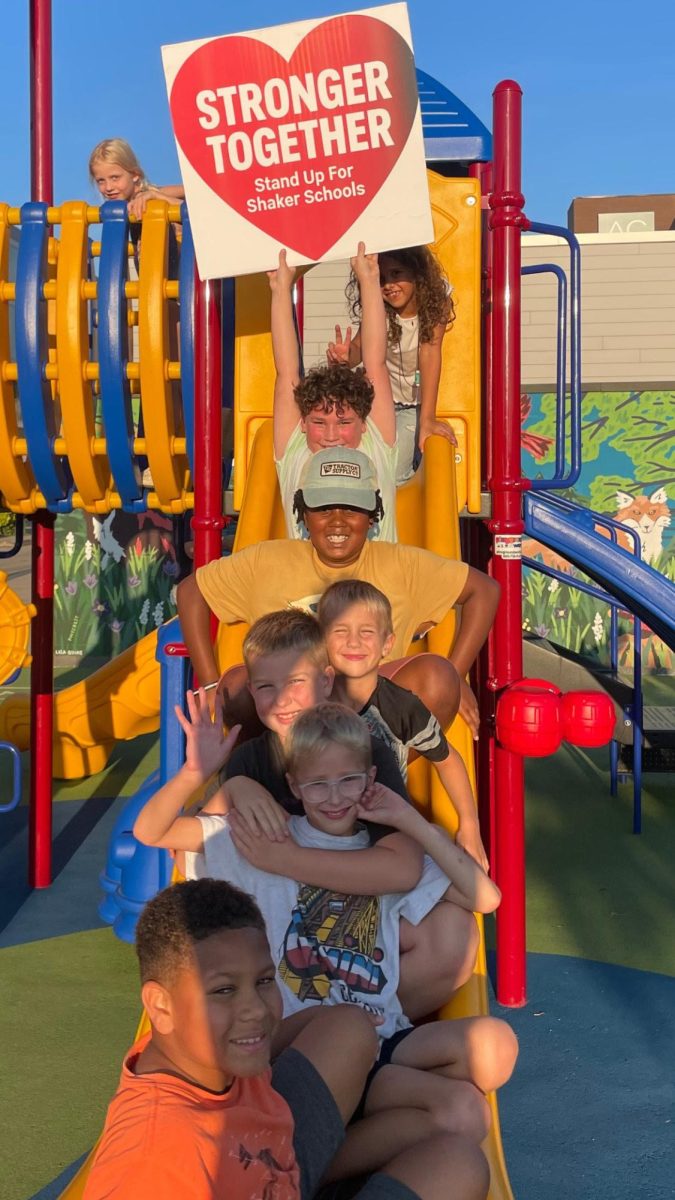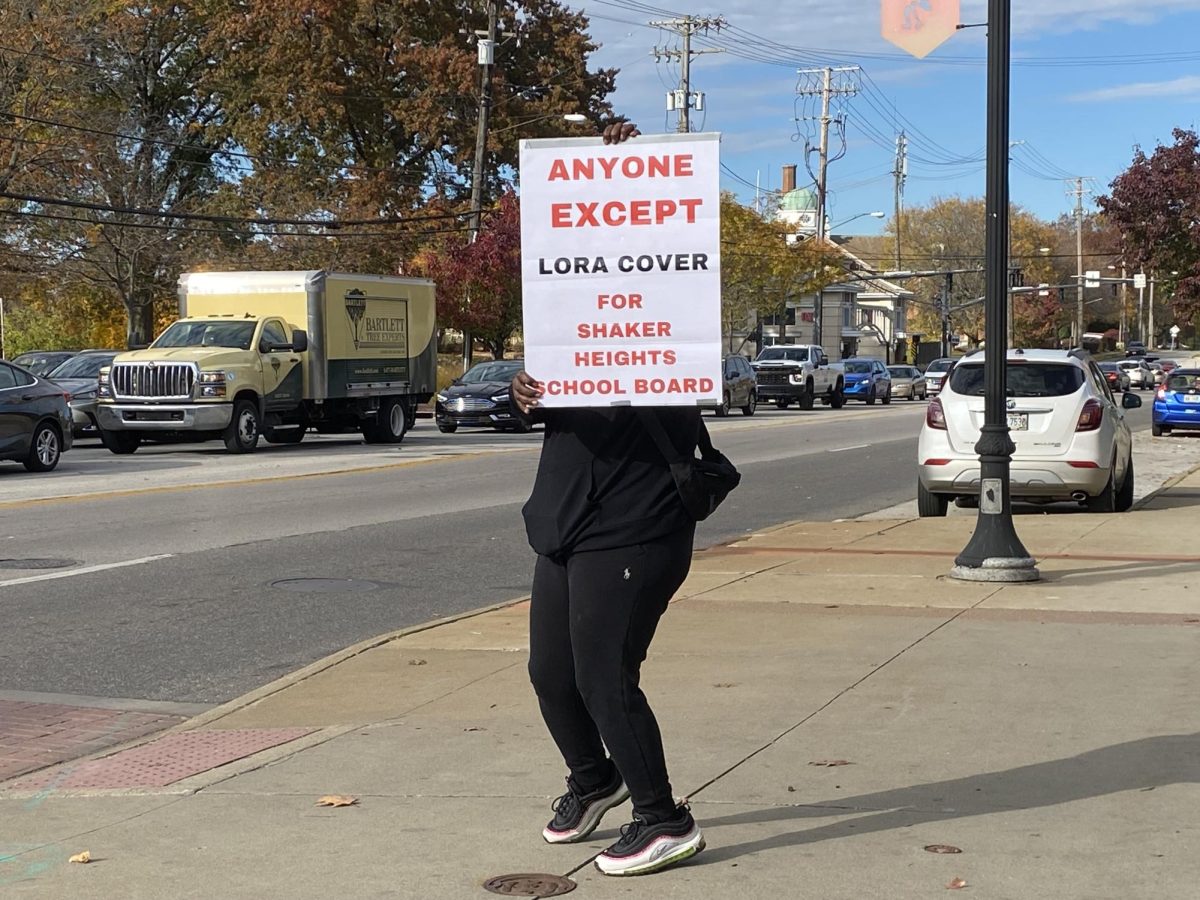Eight weeks into the school year, students who arrive late to school must wait in line to scan their IDs at attendance kiosks in the lower cafeteria. The kiosks do not yet print automated late passes.
At 8:20 a.m, when the first period bell rings, the main entrance doors are locked and students must enter through the lower cafeteria. They are required to wear their IDs visibly.
Once there, students who have their IDs with them must scan them at the kiosks, according to Assistant Principal Elizabeth Massey. Those without their IDs must wait in line while security guards verify their identities using PureData, a student data service that integrates with PowerSchool.
“The kiosk will be able to scan and read your badge,” said Associate Principal James Dubsky. “If you’re coming in a bit late and you’re coming up through the lower cafeteria, you can just scan and get your pass. So we are hoping to kind of avoid the bottleneck of people having to wait.”
In an Aug. 30 email to students and families, Principal Eric Juli stated, “By Tuesday, September 26, we will have eight tardy kiosks up and running throughout the building.”
As of Oct 13., there are two tardy kiosks present in the building, both of which are located in the lower cafeteria. The units are portable and can be moved to locations throughout the building to scan IDs of students who are late moving from one class to the next.
“What’s efficient about it is that they know who is late to school and they are able to put in the tardies immediately,” said junior Wyatt Roth, who has waited in the tardy line on an estimated five occasions.
“On the flip side, you have to wait awhile, and you are wasting even more class time when you are already late to class,” he said. Roth estimated that every time he enters the line, it takes him about 10 minutes to get to the front and receive his late pass.
Dubsky said that while he believes the kiosks are doing their job, there is room for improvement. “This is something we work on every single day. At no point will we say, ‘this is specifically how we will do it.’ We are always looking for ways to make things better,” he said.
The tardy approach was not in effect during the first week of school. Massey said that the delay was to help students adjust to being back in the building.
Though 25 percent of the student body had a single tardy during the week of Sept. 18, only “2 percent of the students in the building have been late three days in a row,” Dubsky said.
Dubsky said that consequences for tardy students are evaluated case by case by Dean of Students Greg Zannelli. He said that there will be repercussions and/or interventions for students who are repeatedly late to class or to school.
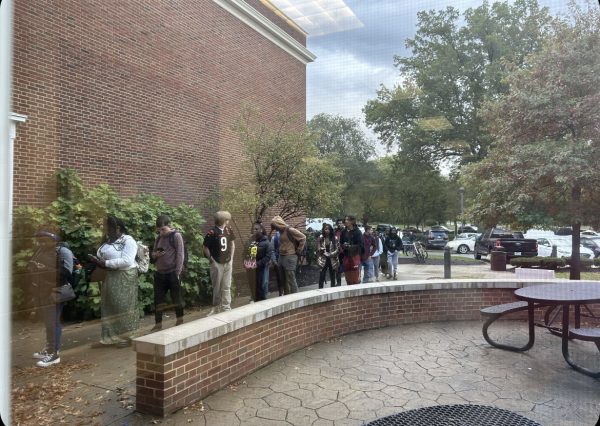
The Shakerite observed the tardy arrival process in the lower cafeteria Oct. 9 and timed three students’ progress through the kiosk lines.
The first student observed passed through the line in 4 minutes and 12 seconds, but as the line grew longer, the wait times grew. The second and third students observed experienced similar waiting times of 6 minutes and 58 seconds and 7 minutes and 10 seconds, respectively.
The Shakerite calculated that the average student wait time was 6 minutes and 11 seconds.
Zannelli and Student Support Coordinator Fredrick Clemon staff the kiosks, scanning IDs and distributing passes until the line ends. The line extended out the door and around the corner Oct. 9.
“We are giving everyone plenty of opportunities to get to class on time. We have the music playing and the 90-second warnings,” Dubsky said. “Now we are at a point where students aren’t tardy; they are purposefully coming late.”

